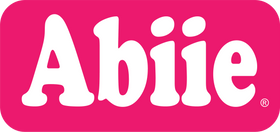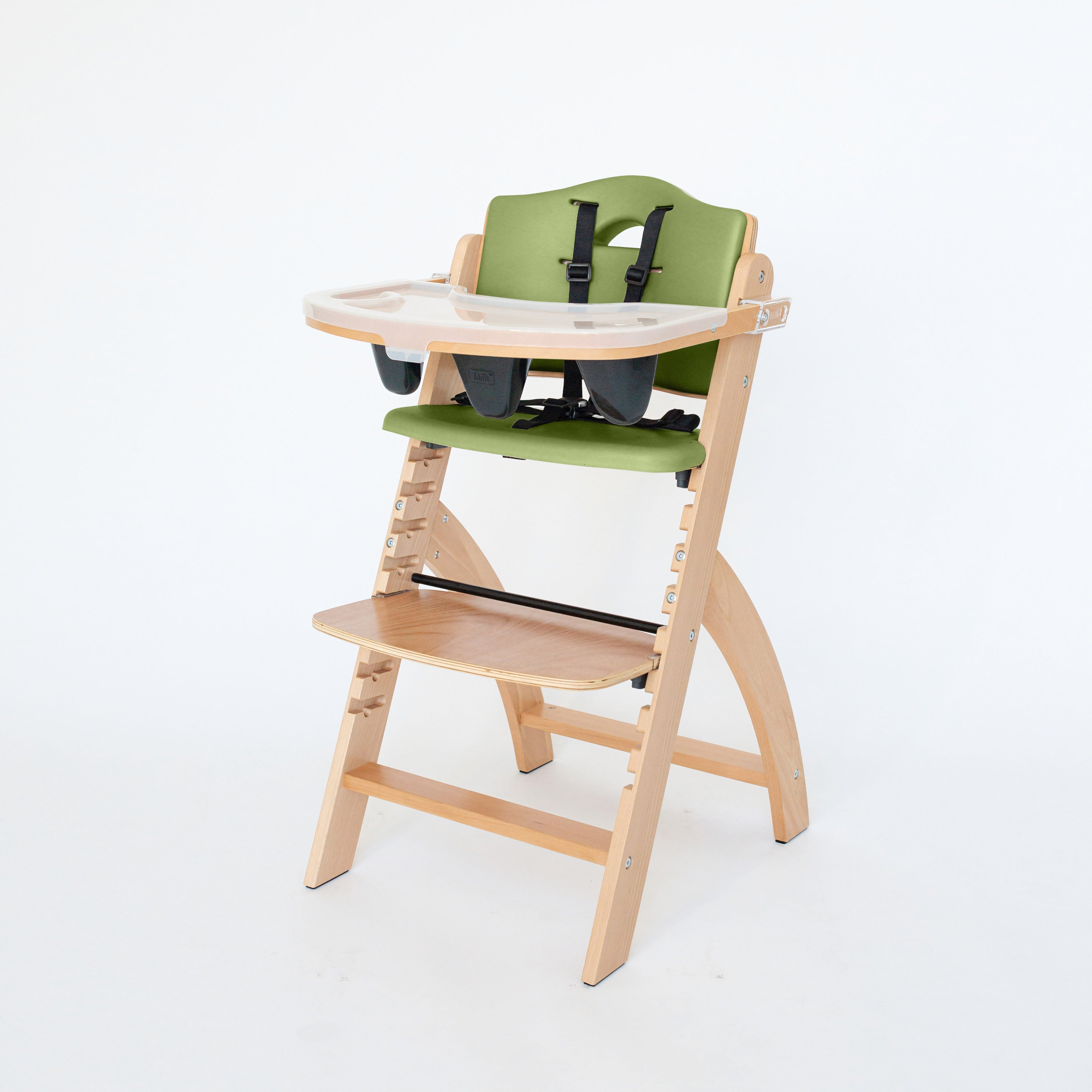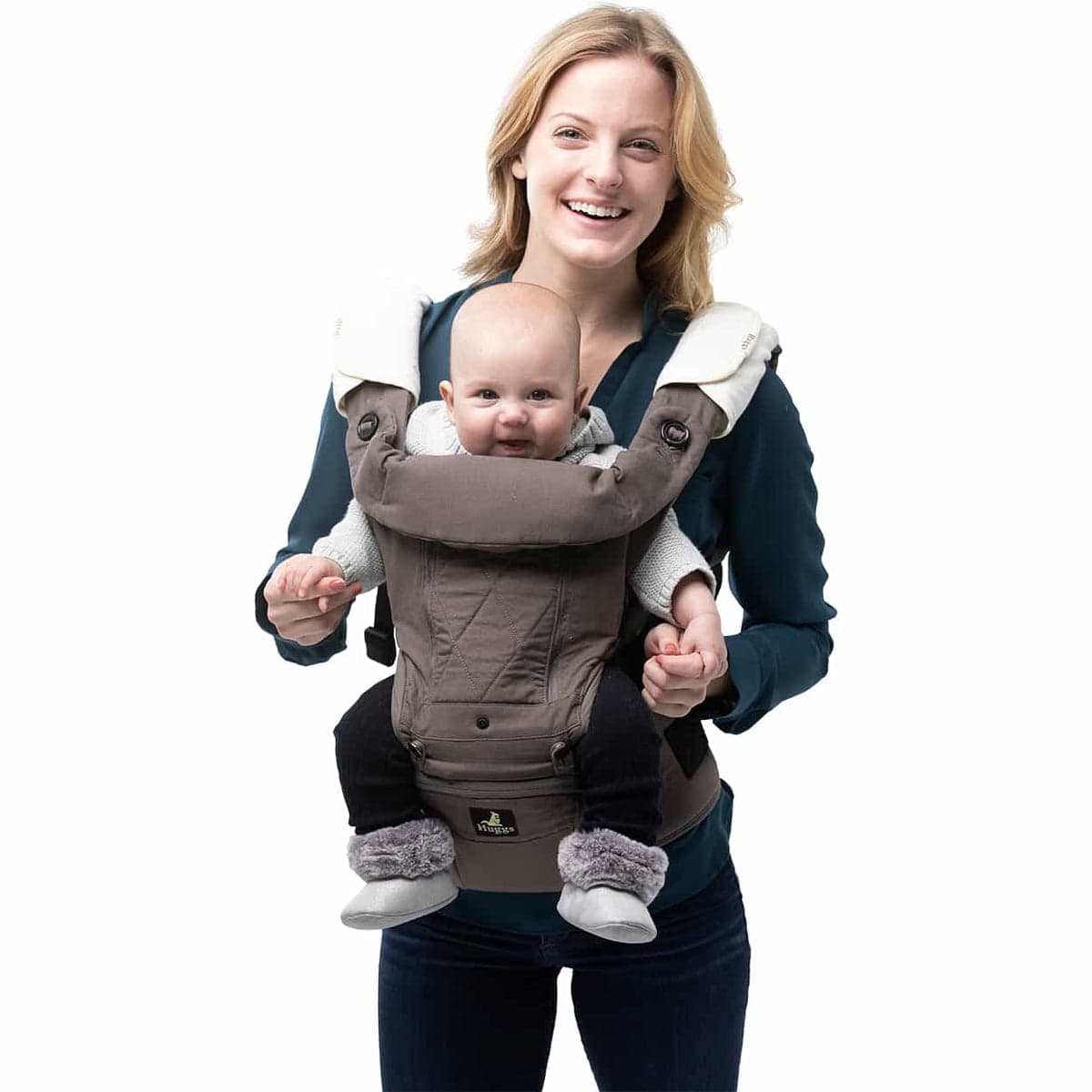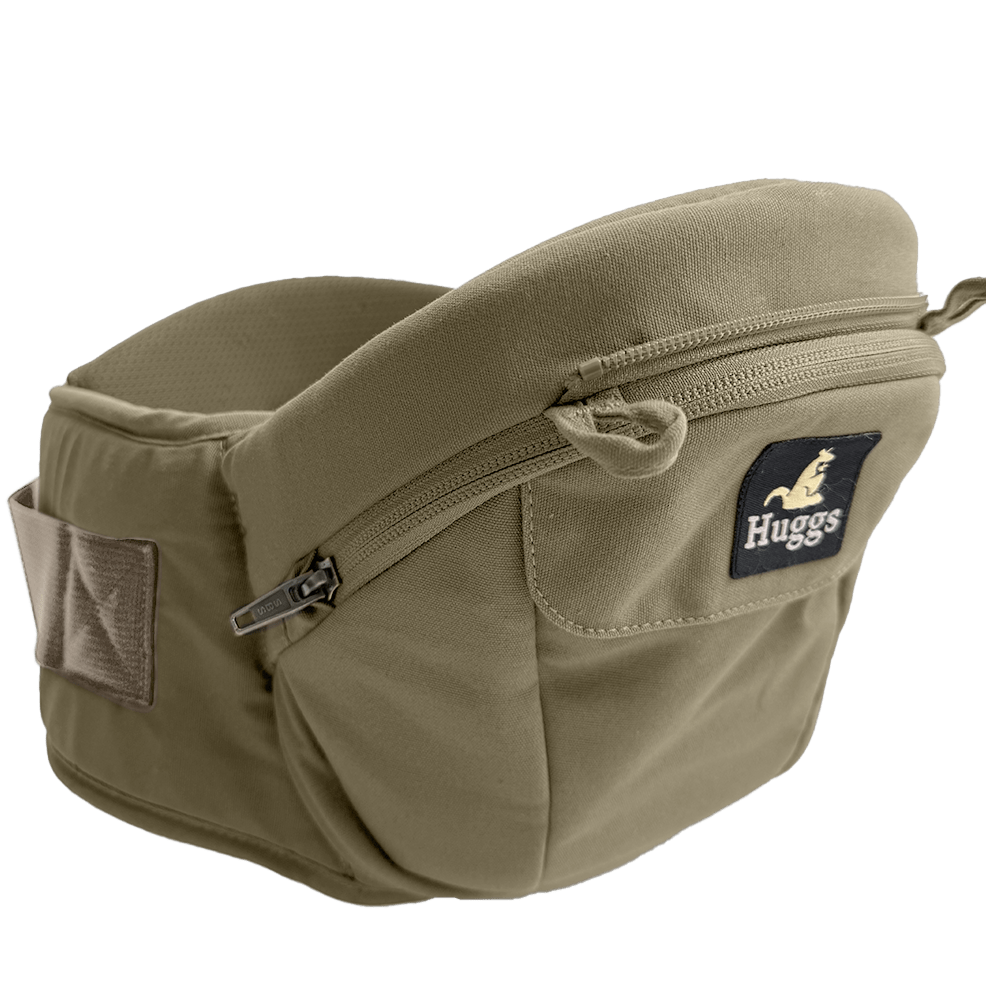6 Things First-Time Parents Wish They Knew
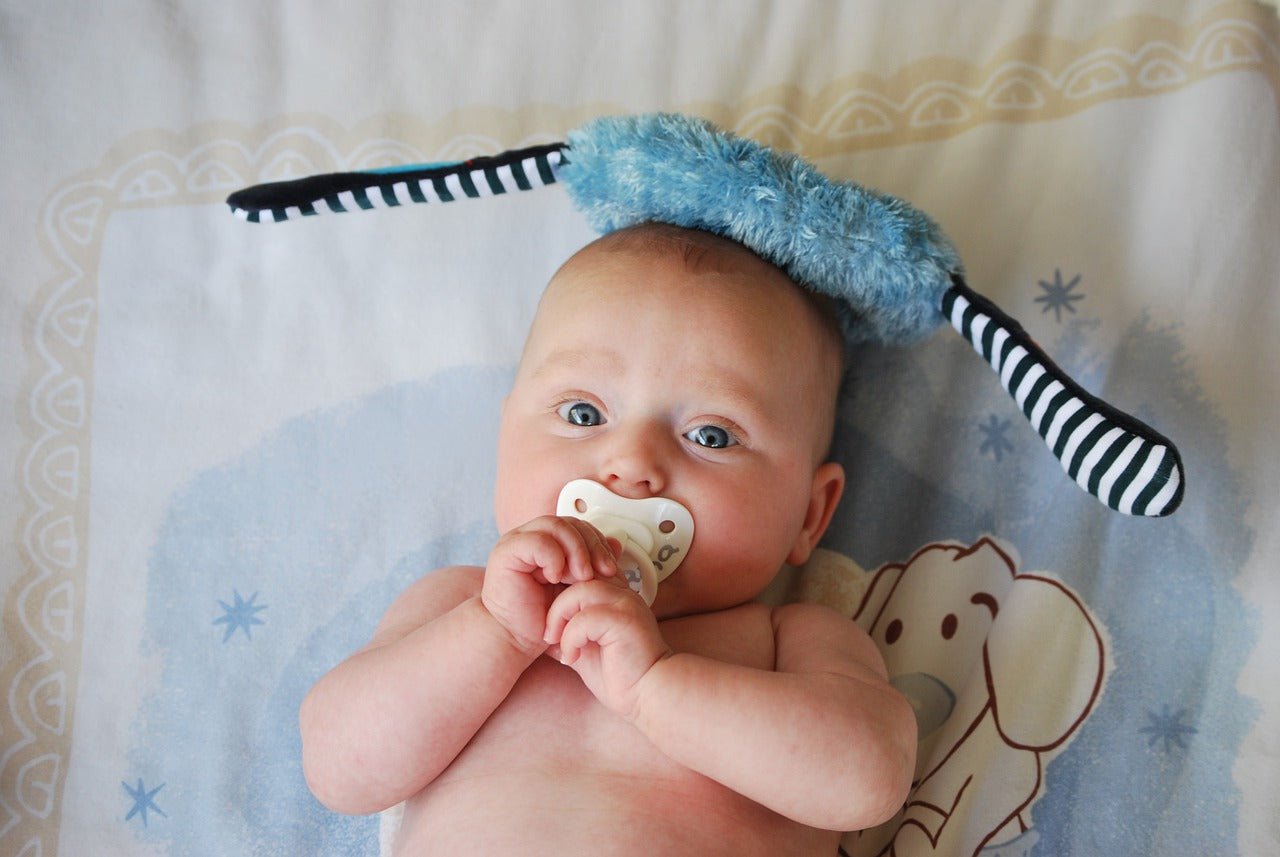
You have just returned home from the hospital with your new bundle of joy in tow. But your new baby bundle comes with what feels like a million questions, too.
The reality is, all first-time parents have baby questions. And if you’re lucky, you have a parent or aunt who remembers how to handle various situations with an infant and is eager to pass this information on to you. For everyone else, we’ve fortunately created a list here of many of the things that new parents wish they knew much sooner.
Let’s take a peek at some of the most critical baby questions raised by first-time parents and the answers to these common questions.
When First-Time Parents Should Introduce the Pacifier
New parents may naturally wonder, “When should I introduce my baby to a pacifier?” As a general rule of thumb, try to avoid doing this until your child is 1 month old. This is important because during their first month of life, your child needs to focus on becoming accustomed to their feeding ritual, particularly if you’re breastfeeding them. The use of pacifiers may cause your baby to become confused between a pacifier’s nipple and their mother’s nipple.
How to Breastfeed More Easily
First-time parents might also have questions about the best breastfeeding position for a baby under 3 months of age. If you are trying to feed a young baby, it is always generally best to hold your child’s head by their neck.
It’s not uncommon for new moms to cradle their babies in a single arm during breastfeeding. However, this position actually makes it more difficult for a nursing mom to change sides. Likewise, you might struggle to move your child’s head to an angle that will allow you to feed them properly. You could also find yourself leaning toward your child, which may lead to muscle strain.
To avoid the above-listed issues, be sure to bring your child toward you and hold them by the neck with the hand or arm that is closest to the child’s head. Afterward, hold your breast with your free arm so that your child can easily latch on. After your child reaches 3 months of age, you can cradle them in your arms, as they’ll have no problem turning their head at that age.
How to Increase Baby’s Independence at Night
The top baby questions for sleep-deprived new parents also have to do with how to make the baby more independent come bedtime. You can do this simply by allowing your child to lie in their crib even when they’re not necessarily sleepy yet. This will help to condition your child to follow a certain bedtime routine as they continue to grow and develop.
How to Wake Up a Baby Easily
First-time parents should also master how to wake up their sleeping baby in the most positive way possible. After all, sometimes allowing your child to continue to sleep may not be feasible if you have to take them to a doctor's checkup appointment, for example.
To prevent your child from becoming cranky due to having their sleep interrupted, consider tickling them to wake up. Alternatively, you can blow air on their ears gently to lull them out of sleep slowly.

How to Care for Their Little One’s Teeth
All first-time parents may also want to prioritize their child’s dental health right away. Not sure when to start paying attention to your little one’s mouth? Start now. You can begin by cleaning their gums using a wet and soft gauze if they don’t have teeth yet. Do this several times daily. Then, clean their first tooth in the same way. You can transition to brushing your child’s teeth when they turns 6 months old.
How to Keep Baby Calm
Finally, many first-time parents may have questions about how to keep their babies calm. You generally can’t go wrong with music. Play nursery rhymes, lullabies, or even classical music, as they can help your child to become not only more relaxed but also more responsive, reactive, and attentive. As a result, you may find that your child is talking and walking more quickly than other children their own age.
Shop at Abiie® for the Best in Children’s Products Today
At Abiie®, we are excited to make the lives of first-time parents easier with our one-of-a-kind baby products. For instance, our Huggs® Baby Carrier features a patented hip belt design to make carrying your little one around easier than ever. We also offer a Ruby Wrapp® Bib, a food-grade silicone bib that is designed for both ease of use and portability.
When you’re ready to order one of our products, you can take advantage of free shipping across the continental United States. In addition, paying a small fee is all it takes to get products shipped to your home in Hawaii and Alaska. Contact us to learn more and shop today!

 US
US
 Canada
Canada
 Japan
Japan
 European Union
European Union
 Taiwan
Taiwan
 Malaysia
Malaysia
 Singapore
Singapore
